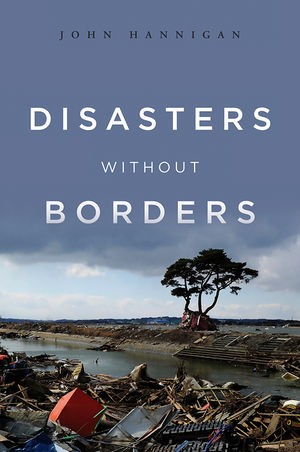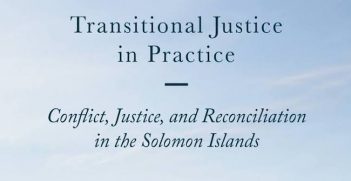Disasters Without Borders

The international politics, players and history surrounding “disasters” (both broadly- and narrowly-defined) should be of key interest to an Australian audience given our long history of droughts, floods and bushfires. The issue also has regional significance: John Hannigan notes that “Asia-Pacific countries typically account for up to half of the world’s total deaths, damage and loss from disasters” (25).
Disasters Without Borders traces the evolution of the global policy field surrounding disasters, depicting a complex set of relationships between different interest groups and ideologies. Hannigan argues that the field of disaster relief and reduction is limited because it lacks funding and is overshadowed by similar fields such as development and humanitarianism. Readers may find this concept challenging given the outpouring of aid and international support that typically follows a natural disaster, but Hannigan deftly explains the interference generated by the competing priorities, sovereign politics and media silences that pervade the field.
Disasters Without Borders is well-researched if dry in places; Hannigan’s generous use of quotations interrupts the flow of the text, particularly in the first few chapters. Nevertheless, the book is significant in that it fills a gap in global discourse. If natural disasters are indeed increasing in intensity and frequency, this book will provide policy-makers and academics with necessary grounding in the field.
John Hannigan, Disasters Without Borders. Cambridge and Malden: Polity Press, 2012., pp. 195, ISBN-13: 978-0-7456-5069-2 (pb). $32.95.
Reviewed by Bridget Crane, AIIA National Office





